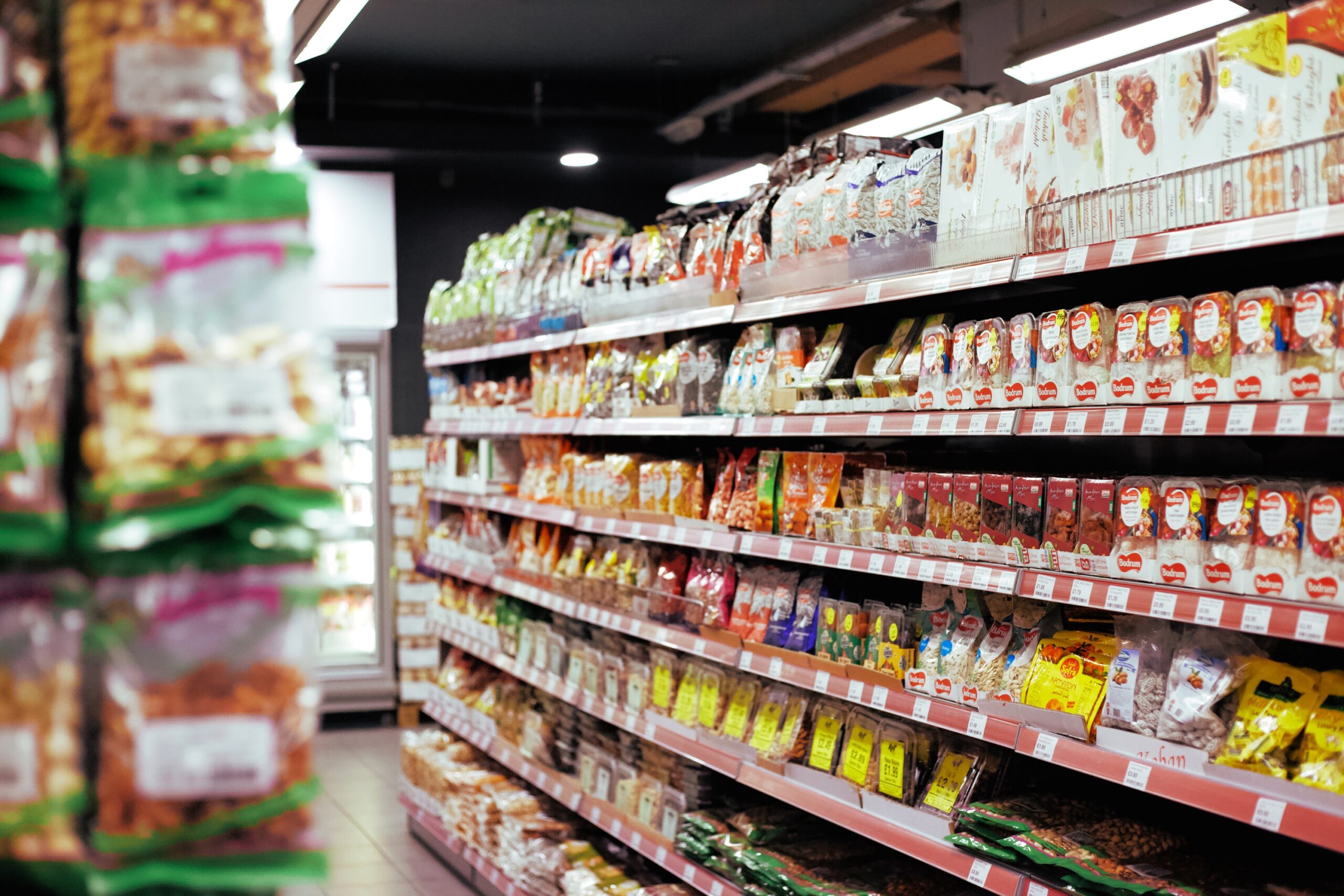As a store owner, you are surely aware of the challenges associated with updating shelf prices. The correct price is essential for customer satisfaction and the proper functioning of the store. In this article, we will discuss why price updates are so important and how technology can help simplify this process.
Why is Price Updating Important?
The lack of updated prices on shelves in grocery stores can lead to various problems, both for customers and the store itself. Here are a few examples:
- Customer confusion and dissatisfaction: Price discrepancies between shelf labels and checkout can lead to customer dissatisfaction and a loss of trust in the store.
- Errors in billing: Price inaccuracies can result in incorrect billing at the checkout, which in turn may lead to customer complaints and dissatisfaction.
- Loss of revenue: Outdated prices may prompt customers to abandon their purchases or reduce the value of their shopping baskets.
- Poor customer impression: Outdated price labels can negatively impact the store’s image, potentially damaging the reputation of your business.
Cost Analysis of Manual Price Updating
Example situation: A weekly delivery consists of 300 items, and 70% of them have new purchase prices. This means you need to update 210 price tags on the shelves. Many business owners do this manually, but have you considered how much it actually costs?
Let’s take a look at a simple calculation:
- Assuming that preparing, printing, and replacing 210 price tags on the shelves takes 5 hours of work, with an average gross wage of £17 per hour, this results in a cost of £85 for a single delivery.
- If you have an average of 2 such deliveries per week, the weekly cost would be £170.
- Over 4 weeks, the monthly cost amounts to £680.
Quite an expense, isn’t it? And manual price updates on shelves in grocery stores can be even more costly, especially for larger stores or retail chains.
Automation of Price Updates: Technological Solutions
Many grocery stores are investing in technologies and price management systems that enable automatic updates of price labels. Although the initial costs of implementing such a system may be high, they can lead to savings and increased efficiency in the long run.
How to Automatically Generate Price Labels on Store Shelves?
Modern technologies offer various automation systems that allow real-time management of prices and shelf labels. Here are a few ways to achieve automation:
- Price Management Systems: These allow for flexible and dynamic price adjustments, automatically generating updated price labels.
- RFID Technology: Enables the monitoring of inventory levels and product prices, automatically updating price labels on shelves.
- Integration with POS System: Automation systems can be integrated with the point-of-sale (POS) system, allowing for automatic printing or updating of price labels on the shelf.
- Shelf Management Systems: Advanced shelf management systems allow for remote control of price labels, for example, using e-ink technology.
- Mobile Applications: Employees can use mobile apps to scan barcodes and change prices on labels in real-time.
Example of a Technological Solution: PCPos by INSOFT
The PCPos system from INSOFT is an example of a tool that enables automatic price generation. Here’s how it works:
- You enter the purchase invoice (Fv) into the system and update the purchase/selling prices.
- After saving the invoice, the PcMarket system sends a list of products with updated prices to the specified point of sale.
- The PcPOS system displays a special icon on the screen, indicating that a new list of current sales prices is available.
- After clicking on this icon, the system automatically prints a list of new price labels on the receipt printer, providing the employee with a ready-to-use list of labels for replacement on the shelves.
Sounds interesting? We’d be happy to tell you more about the possibilities of implementing or improving your system in the store. Schedule a free consultation. During this meeting, with no obligations, you’ll learn how you can elevate the management of your store to the next level.
Have additional questions?
